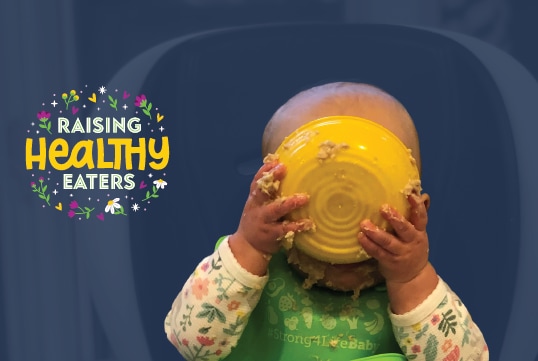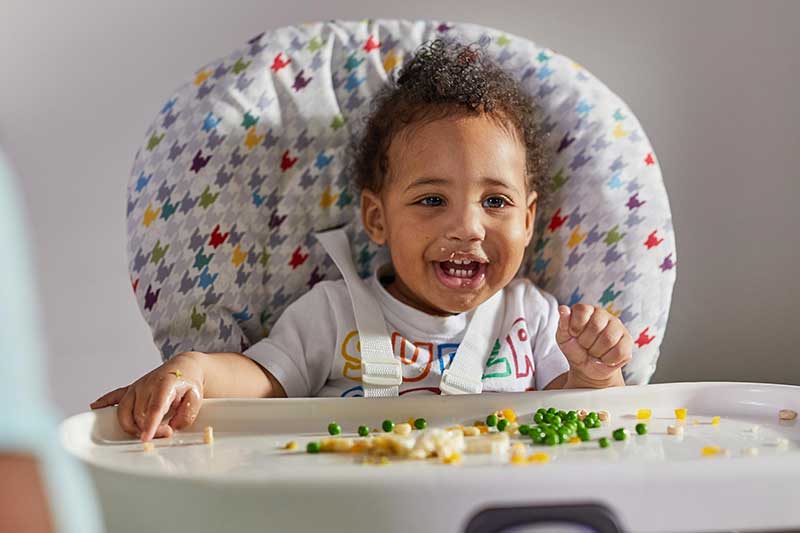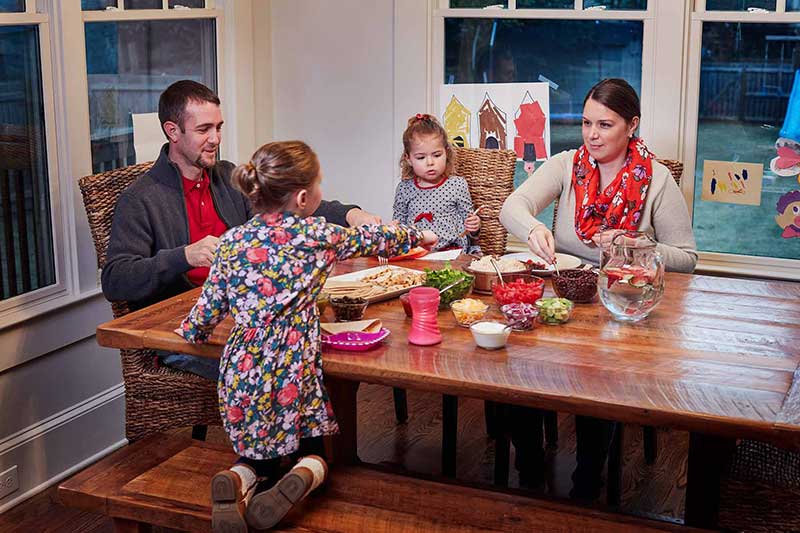How Your Baby Develops Taste Preferences
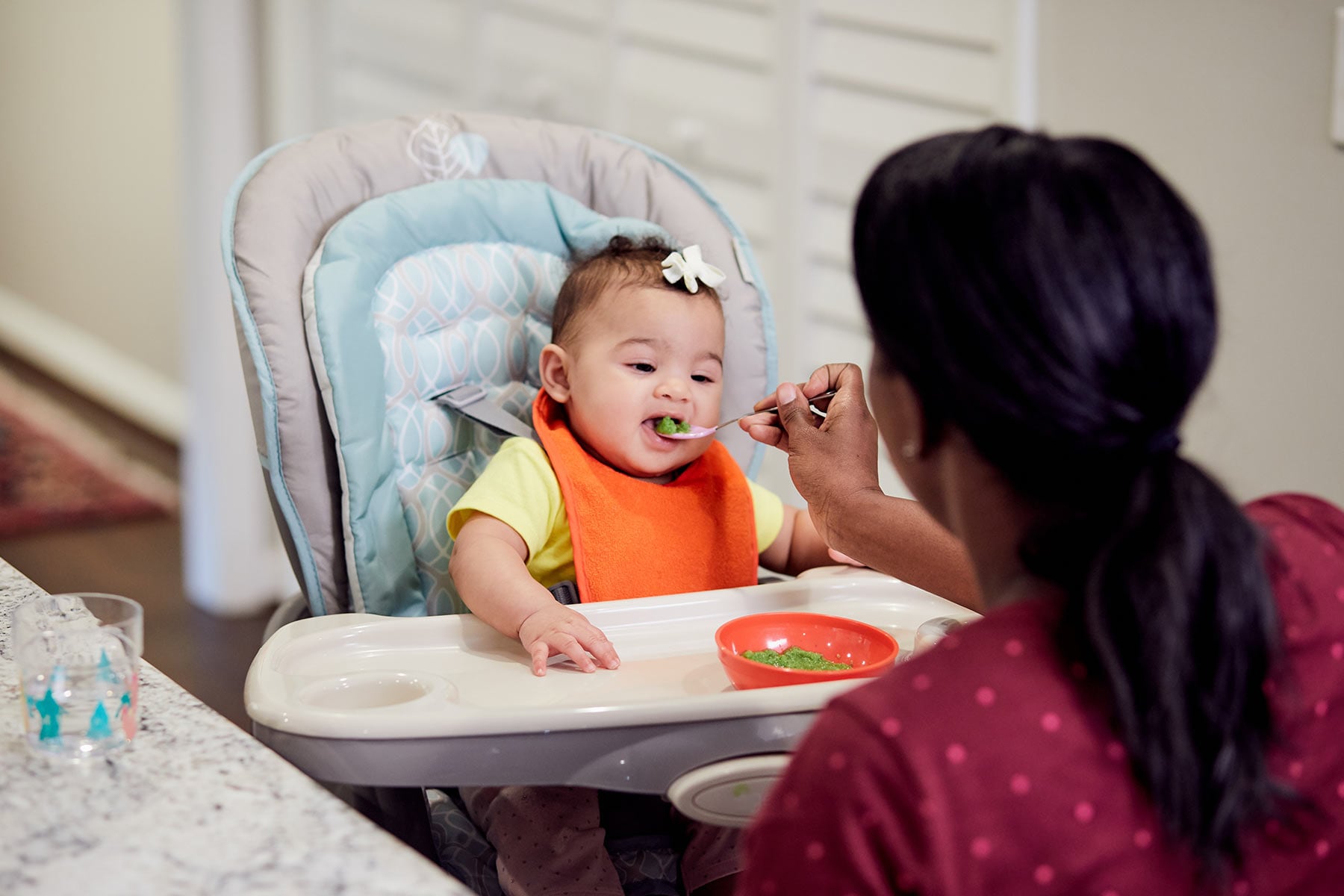 Most babies are born with a natural preference for sweet foods, so it’s no wonder why they tend to be more interested in fruits than veggies. But the good news is, your baby can learn to like the taste and texture of veggies (and other healthy foods that are so beneficial to her development). She just needs your help! By introducing a variety of healthy flavors and textures early on, you can positively shape your child’s food preferences into adulthood. That’s some serious influence!
Most babies are born with a natural preference for sweet foods, so it’s no wonder why they tend to be more interested in fruits than veggies. But the good news is, your baby can learn to like the taste and texture of veggies (and other healthy foods that are so beneficial to her development). She just needs your help! By introducing a variety of healthy flavors and textures early on, you can positively shape your child’s food preferences into adulthood. That’s some serious influence!
In this article:
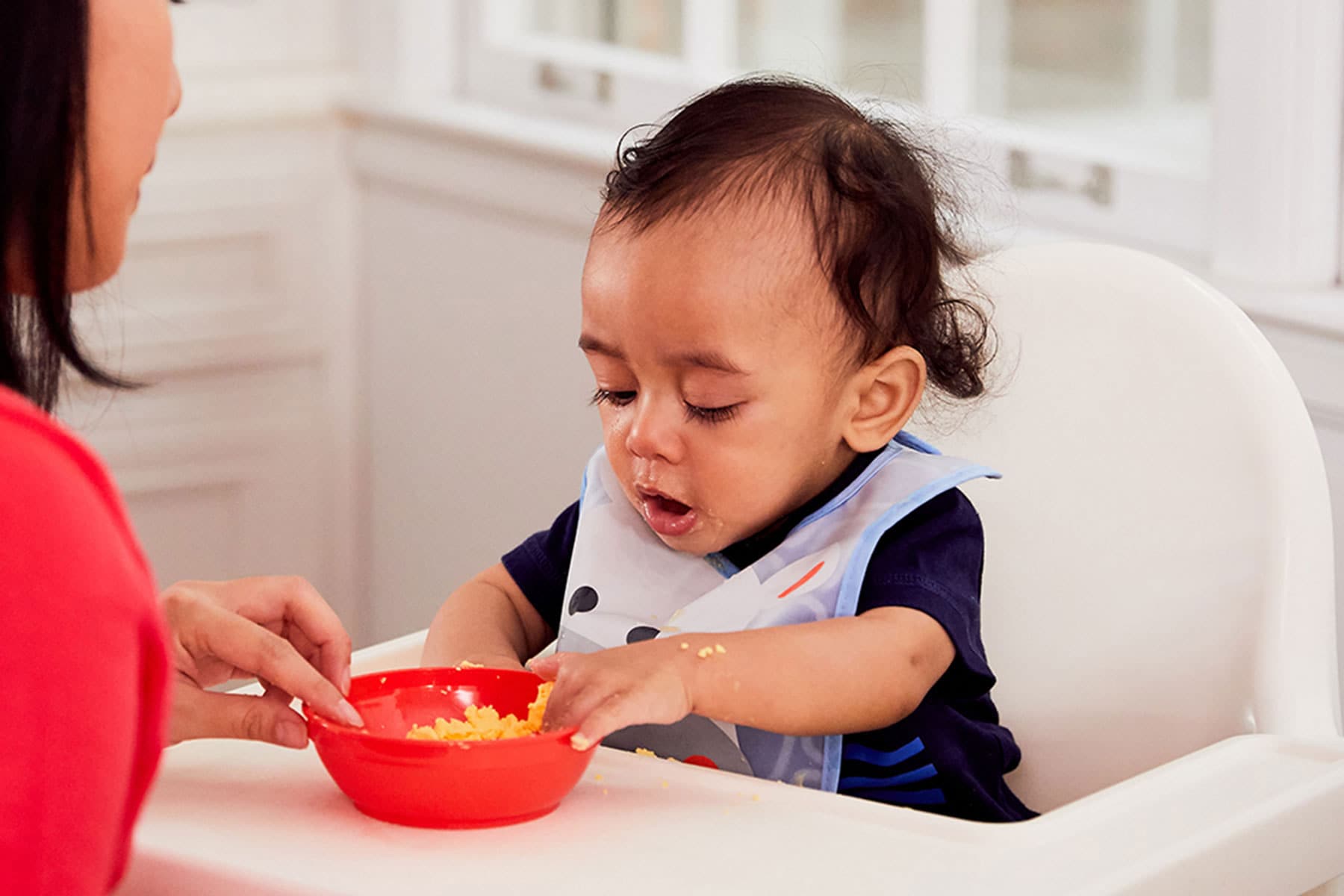
Getting your baby to try new food textures
Once your baby has mastered purees and is ready to take on mashed foods, it’s important to remember that different textures may take some getting used to. A lot of parents tell us introducing textures is a big challenge. And this makes sense. Up until now, all your baby has known is the smooth texture of breastmilk or formula and purees. So, just like it took some time for your baby to get used to eating purees and new flavors, he’s going to need you to be patient while he gets the hang of new, crunchier textures. It’s also important that you continue to introduce a variety of textures. The more flavors and textures he’s exposed to now, the less likely it is that he’ll be picky down the road.
Tip: In order to make the transition easier, start by mashing, squishing and pulverizing new foods. As baby gets used to what he’s eating, gradually increase the consistency by processing these foods for only a few seconds.
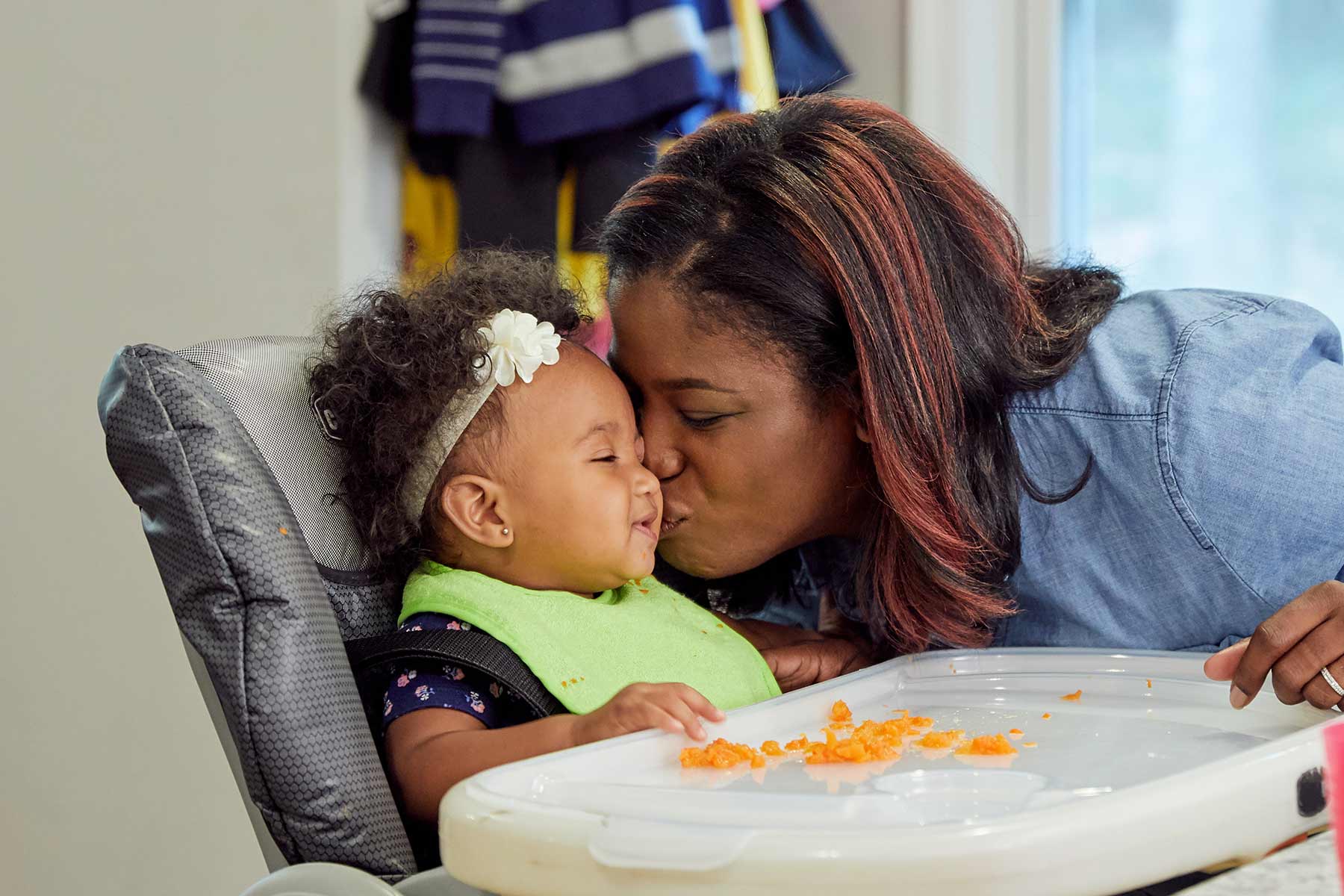
Setting the tone
How you introduce a new food to your baby is just as important as what you are introducing. You, as the parent, set the tone for flavor learning. If you’re having fun and making it a positive experience with lots of love and attention (think kisses and hugs), your baby is more likely to have a positive association with that food as she grows up. If you’re stressed out and are pressuring your child to eat a food when she’s clearly not interested in it, it could create negative feelings, leaving her more likely to reject it again in the future.

Taste and repeat
Starting solid foods is an exciting time, but keep in mind that it might not always be rainbows and sunshine. There are going to be times when your baby spits food out or flat out refuses it, and that’s normal. Some babies need to be exposed to a new food as many as 10 to 15 times before they’re willing to try it. When your baby does turn down a food, try not to be discouraged. She may just need some time, and a few more introductions to the food, before accepting it.
Tip: One thing Strong4Life registered dietitian Wendy Palmer found helpful with her two boys was to start by offering only a small amount of food. That way, if baby refuses, you have a lot less left to toss. And if baby does like it, you can just grab more.

Your baby's taste preferences start at birth
Just like most adults, babies tend to be more accepting of something that is familiar to them. When they are starting solid foods, the most familiar food to them is going to be breastmilk or formula, so that taste and texture is what they will compare everything else to.
- Breastmilk: If your baby is breastfed, he has already been introduced to a variety of flavors through your breastmilk. That’s one of the reasons it’s so important for moms to have a healthy diet and why studies show that breastfeeding mothers who eat a healthy diet have infants who are more accepting of healthy foods. Pretty cool, right?
- Formula: While formula does not introduce the same variety of flavors as breastmilk, it is still important for formula-feeding mothers (and fathers) to eat a healthy diet. The main reason is because you are influencing your child’s eating habits as his first and primary role model. Babies tend to “monkey see, monkey do” for a lot of activities, and eating is no different. It is more likely that your baby will be willing to try spinach if he sees you enjoying it, too.
